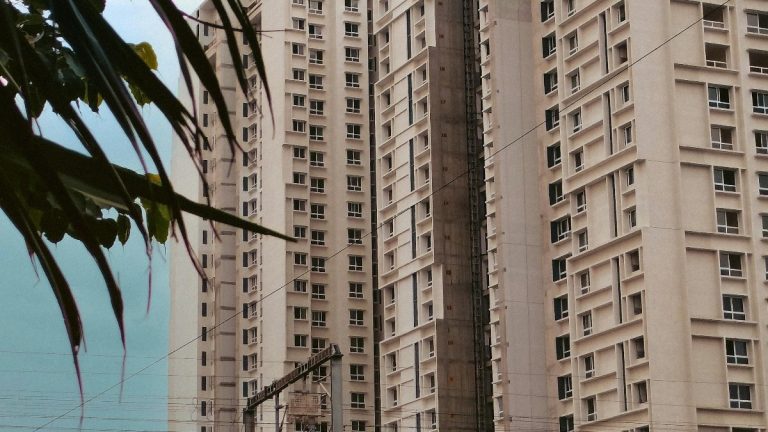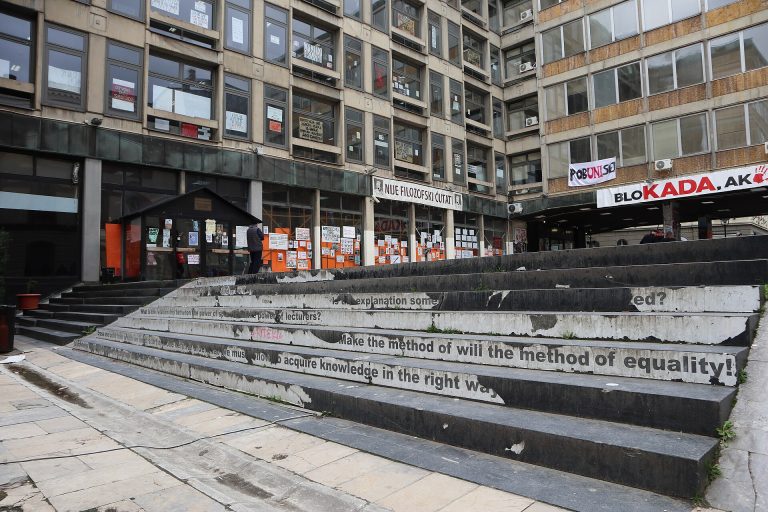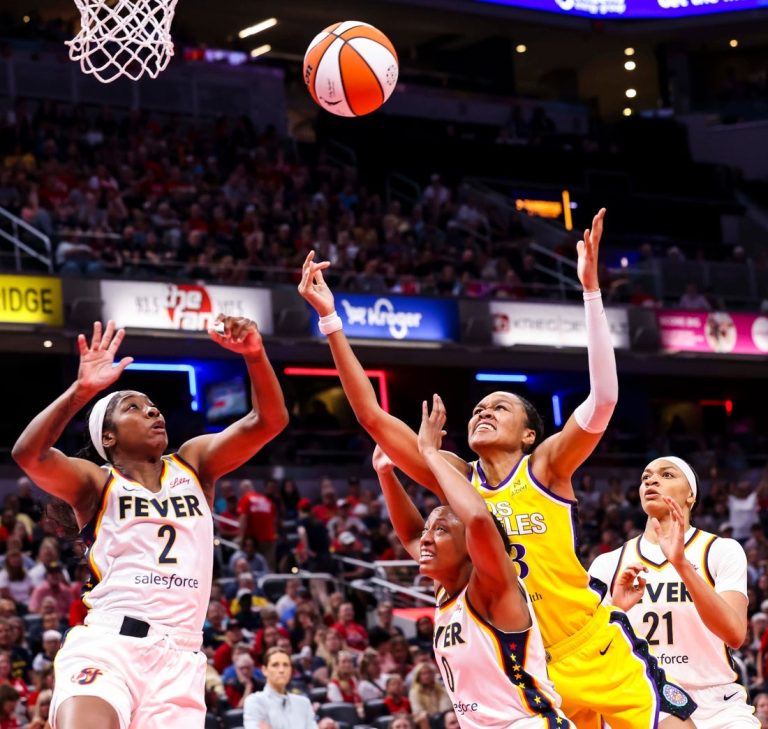The AAIB under the Ministry of Civil Aviation has investigated over 220 aviation accidents since its inception in 2012 but decoding the flight data recorder (FDR) and the cockpit voice recorder (CVR) of Air India flight AI171 crash is the biggest test for its recently opened laboratory.
The challenge is not just about the availability of advanced tools, expertise and experience but also a one of its kind of aviation accident involving a B-787 Dreamliner with a complete hull loss. There are over 1000 Dreamliner operated by various airlines and everyone in the industry wants to know reason behind the crash, say aviation experts.
“It is very important that we know soon what went wrong with Air India flight. The whole industry wants to know what happened to this 787 — maybe the aircraft has issues or something else went wrong,” says Kurt Hofmann, an aviation industry veteran, adding AAIB should consider seeking outside expertise to expedite the investigation process.
What next now that the CVR and FDR data has been downloaded?
The evidence and data gathered by AAIB investigators are subjected to detailed scrutiny to build a detailed understanding of the circumstances surrounding the occurrence being investigated and any safety issues that had a causal or contributory effect on the occurrence. The team is led by DG AAIB GVG Yugandhar, an aviation medicine specialist, an ATC officer, and representatives from US-based National Transportation Safety Board (NTSB).
“This may require the investigator to review a complex and different set of evidence and seek clarifications from different stakeholders, wherever required. AAIB investigators may require having repeated meetings with the involved crew or other personnel of the operator to discuss the safety issues observed during the Investigations,” according to officials.
Documents and Records gathered from the Operator, Regulator, involved Personnel or other stakeholders are studied and analysed by the investigators and reviewed in association with subject matter experts, if required.
“The results from the analysis of Flight Recorders Data, examination of any components or other Reports from specialists are studied and may require deliberation with different stakeholders,” they said.
What makes the investigation long is, occasionally, the examination and analysis of a different set of evidence and data may provide a vague, incomplete and or contradictory picture of the situation.
“This may prompt the collection of more evidence or may also require further interviews with witnesses or other personnel. Such requirements potentially increase the scope of Investigation and add to the duration of an investigation,” they further said.
After examination and analysis of all available evidence is complete, the investigation team drafts the report to include all factual information, analysis, conclusions and safety recommendations. The format of Investigation Report to be followed is in accordance with ICAO Annex 13.
During the drafting of the report, it may be necessary to revisit the evidence collection or examination and analysis phases of an investigation. The drafts are reviewed amongst all investigation team members and subject member experts engaged during Investigation.
“Once the draft report is finalised, it is shared with the State of Registry, State of Operator, State of Manufacturer or State of Design and any other State that rendered assistance during the Investigation. In accordance with Para 6.3 of ICAO Annex 13, comments from concerned States are sought and reviewed to make required amendments in the draft report,” the official explained.
The draft report is reviewed internally and submitted to DG, AAIB for acceptance. However, if during consultation or review any issue is identified that may need further deliberation or analysis, the Investigators may be required to gather and analyse additional evidence as may be required to adequately supplement the facts, analysis, conclusions and recommendations of the Draft Report.
The Final Reports of investigations conducted by AAIB are accepted by Director General, AAIB after a thorough process of consultation and review.







